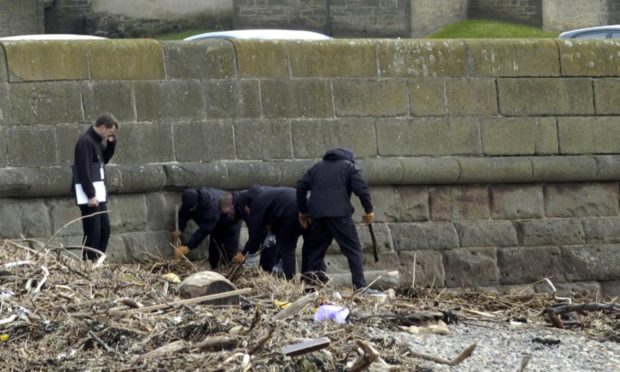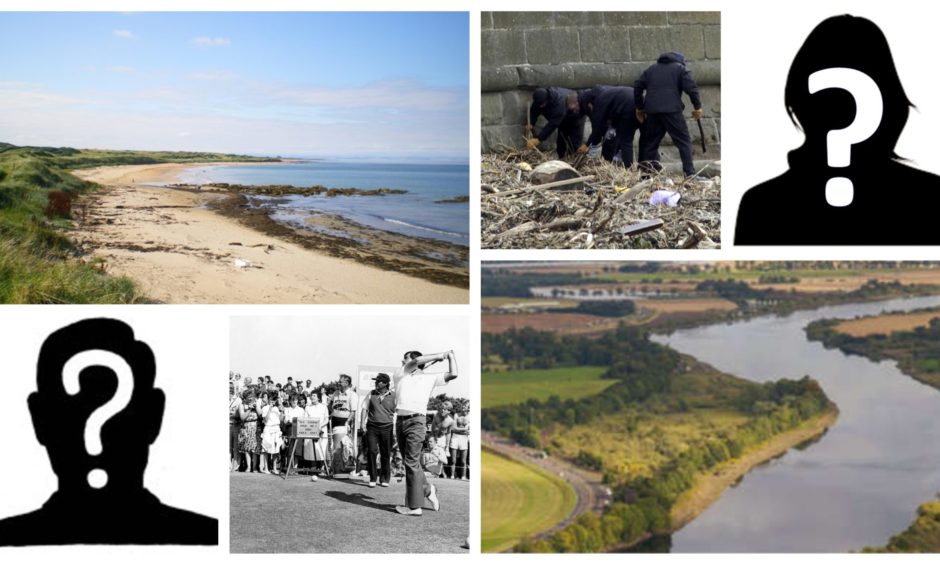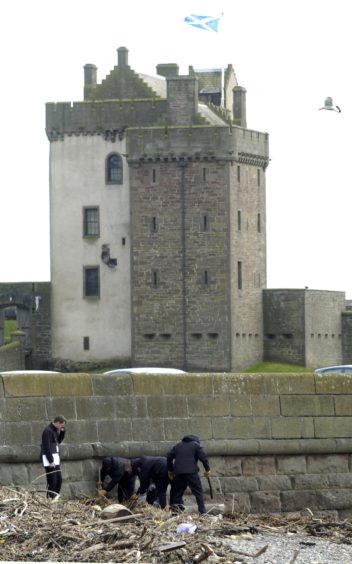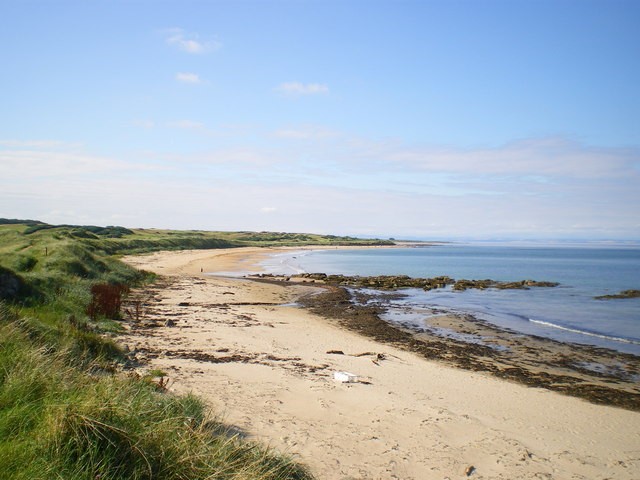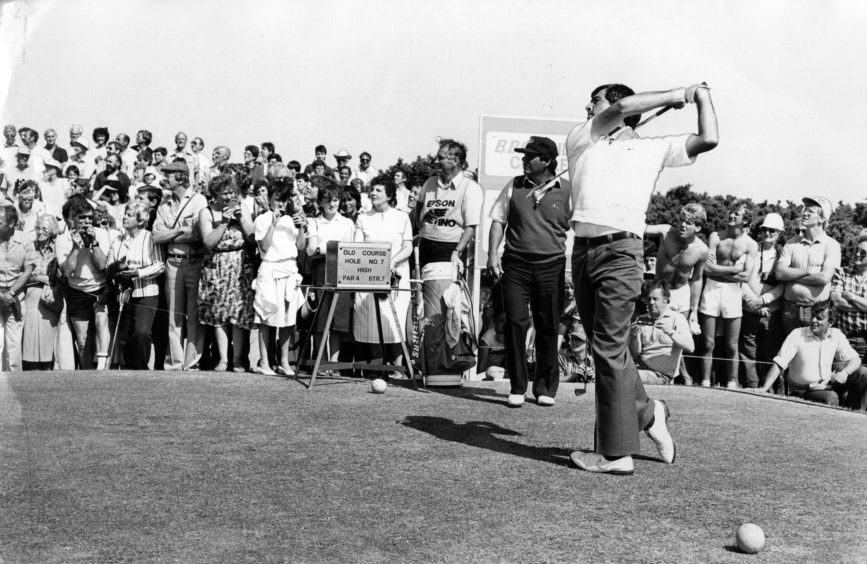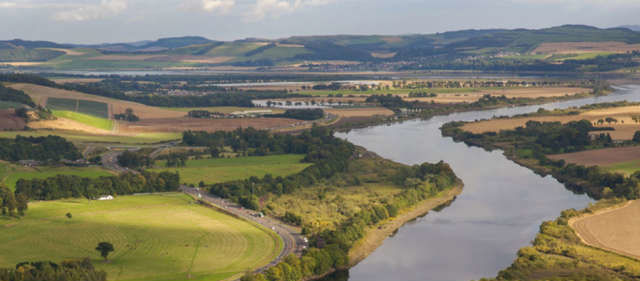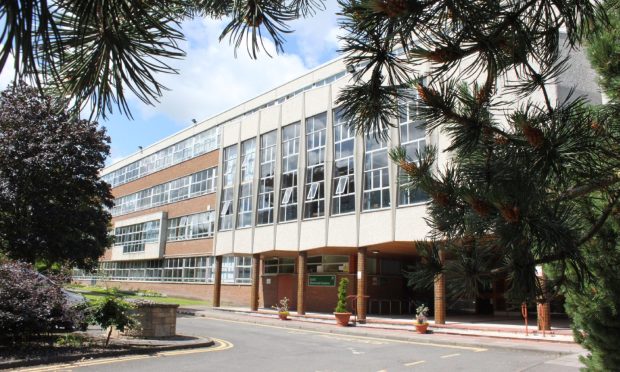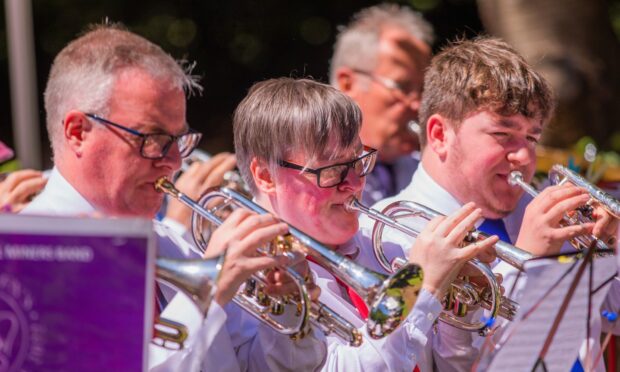Detectives in Tayside and Fife stumped by cold cases dating back almost 50 years are hoping members of the public can help finally solve their mysteries.
A young man found in the River Tay at Tayport, the body of a woman washed up on the foreshore at Kingsbarns and the discovery of a human leg on Broughty Ferry beach are just three of the unsolved cases which have baffled officers for decades.
Decomposed remains found on the river bank at Glencarse and the grim discovery of a human foot in a shoe, washed ashore at Dundee, have similarly vexed authorities since the ’80s.
What little is known about them has been detailed on the UK Missing Persons Bureau website, along with the details of 16 other bodies or body parts that have gone unidentified in various parts of Scotland.
A spokesman for the Missing Person’s Unit said: “Identifying found people is one of the main operational tasks of the UK Missing Persons Unit, part of the National Crime Agency.
“Working in conjunction with police forces, the Unit specialises in human identification and uses its expertise and missing persons data collection to reveal the identities of found alive people and found bodies. The Unit enjoys a close working relationship with overseas police forces particularly those in Europe.
“While it is easier to identify bodies which have been found more recently, due to DNA and fingerprint opportunities, cold case review work by the Unit has been successful on a number of occasions.
“Around 20 bodies have been identified from publicity provided on our website bringing peace and comfort to many families who now understand what happened to their loved ones.
“With these five cases brought to attention, the Unit will work with Police Scotland to assess new opportunities to identify these remains to ensure that no one is buried or cremated without a name and to resolve cases on behalf of the many families missing loved ones.”
The site features information about unidentified bodies across the UK and internationally, if they are believed to be a UK national. Some have facial reconstructions and sometimes photographs of the dead person’s face.
In the Tayside and Fife instances, however, only a handful of clues may help piece together the identity of the person concerned.
On March 20, 2007, a passer-by found a man’s partial left lower leg which had washed ashore just off Beach Crescent along Broughty Ferry Beach.
Detectives at the time said the limb is thought to have been in the water “for months rather than weeks”, and the man – aged between 16 and 25 – had been wearing black ‘Umbro’ socks and size 9 black ‘Reebok’ trainers.
Thirteen years on, The Courier can reveal a DNA profile of the man has shown the person lived in at least three distinct different locations or regions during the 20 months prior to death.
Experts have even managed to uncover the fact that the DNA profile indicates a short stay in a region with a cold climate, possibly on the same latitude as Oslo or Helsinki, just before his death.
New images have also been released of the man’s trainer, which may help to jog someone’s memory.
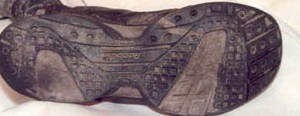
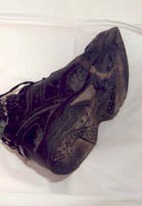
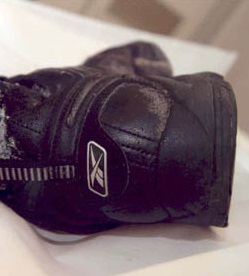
The oldest local case dates back to June 8, 1971, when the body of a woman believed to be in her 60s was found on the beach at Kingsbarns.
Not much else is known but the woman had no teeth and no evidence of denture wear, while two burr holes in her skull above and behind each ear as a result of surgery may jog someone’s memory.
One of the more prominent cases centres around the discovery of a 20 to 30-year-old man’s body in the River Tay at Tayport on August 3, 1984.
Those investigating at the time believed he may have been dead between two and three weeks, and had probably been to the British Open Championship which had been held earlier that year at St Andrews.
Some of the more distinctive details make surprising the man has not been identified.
He had short, dark brown hair and was missing one testicle, while he was wearing a size 44” tan-colour zip-up jerkin, a 16” white shirt, a cotton t-shirt, a brown ‘St Michael’ label vest with an orange pattern, black nylon socks with a gold stripe, and a brown slip-on leather shoe.
Less than a year later, on June 4, 1985, a right foot in a shoe washed ashore in Dundee.
Very little else has been divulged as the gender is unknown but the person is aged between 20 and 60.
Five years after that, on June 24, decomposed remains of a man were discovered on the bank of the Tay at Glencarse.
Officers believed the man, thought to have been in his 60s, had been wearing a white or fawn coloured jumper, and brown or black ‘Falmers’-make trousers, but no-one came forward.
Anyone who thinks they can help give the families of those lost some closure should visit the Missing Persons Unit website on www.missingpersons.police.uk.
